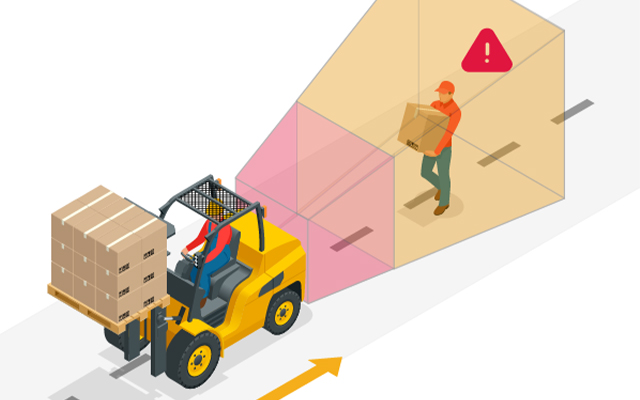Trong các cơ sở sản xuất thông minh, cảm biến thông minh cung cấp cơ hội xác định lỗi, tăng hiệu quả và giám sát các cấp độ để thiết kế một nhà máy thông minh. Các cảm biến là thành phần quan trọng của Công nghiệp 4.0, cho phép đo lường, phân tích và xử lý một số quá trình chuyển đổi như thay đổi vị trí, chiều dài, chiều cao, áp suất bên ngoài và sự dịch chuyển.

Different types of sensors
Sensors are categorized by what is being “sensed” or detected like force, pressure, flow, temperature, proximity, smoke, gas, alcohol, etc. Depending on the type of sensor, its output can be a voltage, current, capacitance, resistance, frequency, or another electrical attribute that varies over time. Here are the 4 types of sensors that enable Industry 4.0
Pressure sensors
The pressure sensors monitor pipelines and alert supervisors to leaks and inconsistencies that may require maintenance or repairs through a centralized computer system that has real-time tracking. There are countless everyday applications that use these sensors for control and monitoring.
Temperature sensors
There is also a very common use of temperature sensors in various industrial settings. One of the easiest examples of smart sensors that relate to machines is the use of temperature sensors that connect to a piece of industrial equipment or machinery. This device is connected to an IIoT cloud computing platform and can determine whether a machine or piece of equipment overheats to the point of requiring maintenance or shutting off. Often used in the automobile industry, aviation industry, medical sector, computers, cooking appliances, and other daily applications, these sensors are widely used throughout our everyday lives.
Level sensors
Level sensors provide real-time information to inventory management systems and process control systems about containers, bins, and tanks. There is a wide range of purposes for them, from waste management to irrigation to diesel fuel gauging and many more.
Proximity sensors
One of the most common applications of a proximity sensor can be in a retail outlet. They can be used in retail outlets to detect customer location and track crowd flow. Different retailers use this technology to ping shoppers’ smartphones with coupon offers they might find on their periphery.







